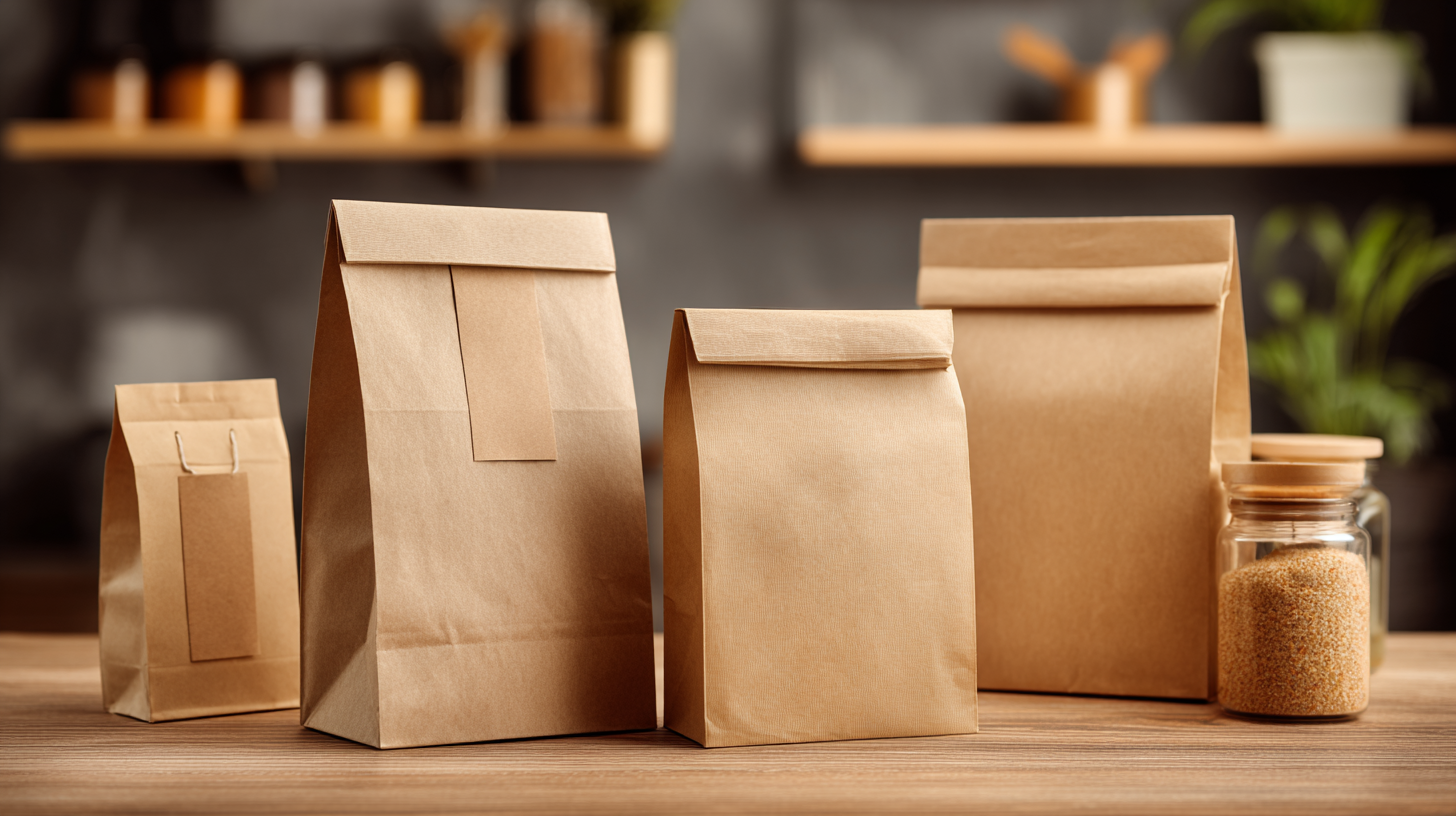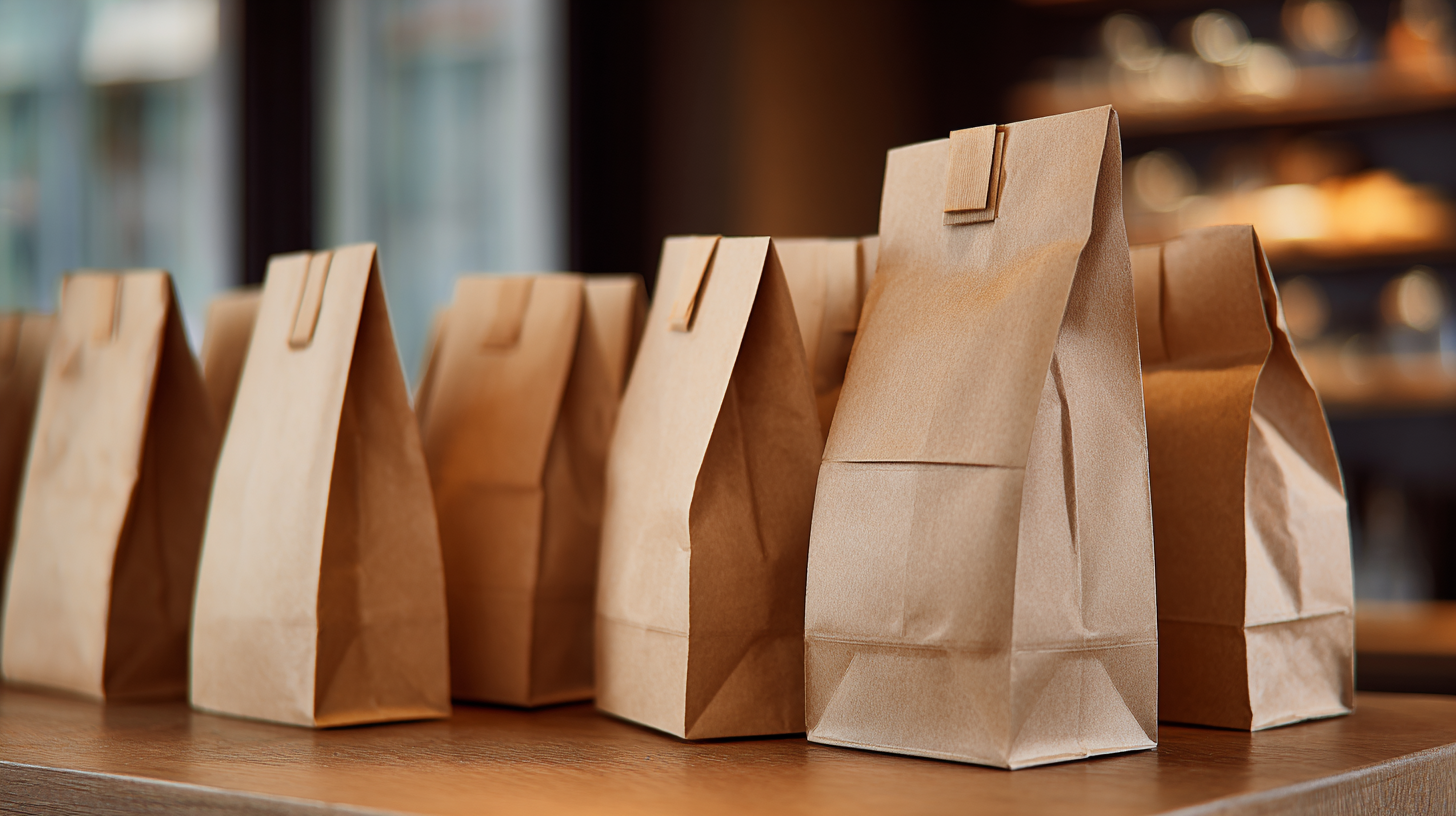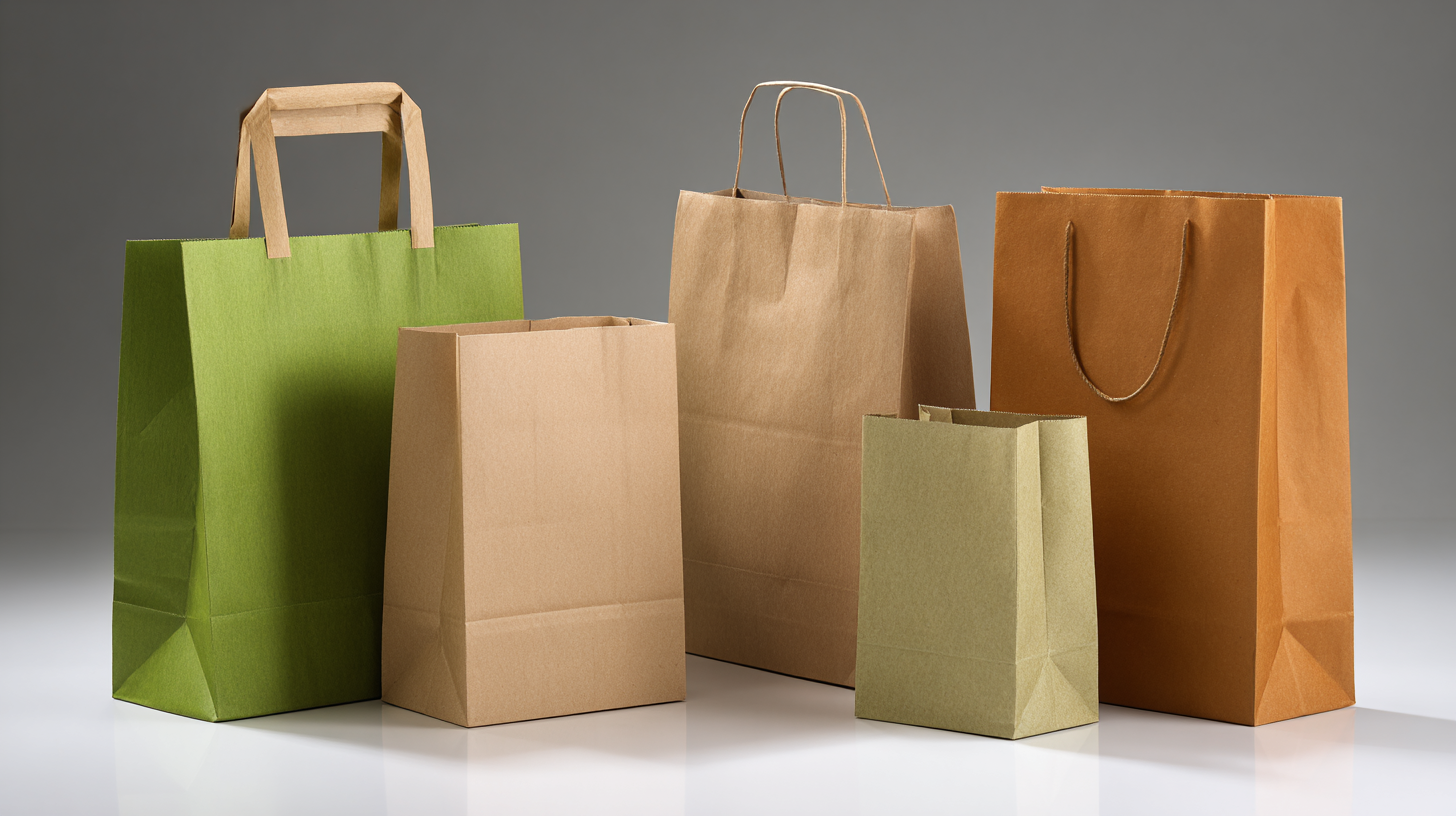Ultimate Checklist for Choosing the Best Food Packaging Bag for Your Business Needs
In the rapidly evolving landscape of the food industry, the significance of selecting the right Food Packaging Bag cannot be overstated. As global demand for quality food products continues to rise, backed by a projected growth of the food packaging market to reach $500 billion by 2027, according to recent studies, businesses must ensure that their packaging solutions meet both consumer expectations and regulatory standards. The shift towards sustainable packaging is further amplified by reports indicating that over 70% of consumers prefer brands that use eco-friendly materials. This presents an urgent need for manufacturers to focus on packaging that not only preserves food integrity but also enhances brand visibility and appeal.

Understanding the nuances of material selection, design, and functionality is essential for companies aiming to compete in a saturated market where "中国制造,品质升级,畅销全球" resonates strongly with both domestic and international audiences. Choosing the right Food Packaging Bag is therefore a strategic decision that can significantly impact a business's success.
Key Considerations for Selecting the Right Material for Food Packaging Bags
When selecting the right material for food packaging bags, it’s crucial to consider both functionality and safety. First and foremost, the material must provide adequate barrier properties to protect the food from moisture, oxygen, and light. Materials like polyethylene and polypropylene are common choices due to their durability and ability to maintain product freshness. Understanding the specific shelf-life requirements of your food product will guide you in choosing a packaging material that can effectively preserve its quality while meeting consumer expectations.
Another vital factor is compliance with food safety regulations. Ensure that the chosen packaging materials are approved for food contact and free from harmful chemicals that could leach into the food. Biodegradable and compostable options have gained popularity, reflecting a growing consumer demand for sustainable practices. When opting for these materials, consider their performance characteristics, such as thermal resistance and tensile strength, to ensure they perform well throughout the supply chain. Balancing safety, functionality, and environmental responsibility will ultimately lead to more informed packaging decisions that align with your business values and customer needs.
Ultimate Checklist for Choosing the Best Food Packaging Bag
Understanding the Impact of Packaging Design on Consumer Buying Behavior
When it comes to food packaging, the design elements play a crucial role in influencing consumer buying behavior. According to a study by WestRock, 64% of consumers will choose one product over another based solely on packaging design. Aesthetic appeal, functionality, and sustainability are increasingly becoming decisive factors in consumers' purchasing decisions. For instance, incorporating vibrant colors and eye-catching graphics can enhance a product's shelf presence, making it more likely to capture the attention of shoppers.
Moreover, the impact of eco-friendly packaging cannot be overstated. Research from Nielsen reveals that 81% of global consumers feel strongly that companies should help improve the environment. Brands that invest in sustainable packaging solutions not only meet consumer expectations but also enhance their brand image. As the market shifts towards more environmentally conscious options, businesses that prioritize effective packaging design aligned with consumer values are likely to see increased loyalty and sales. Understanding these dynamics is essential for businesses aiming to maximize profitability through their food packaging strategies.

Evaluating the Sustainability Options in Food Packaging: Trends and Statistics
In today's market, sustainability has become a key consideration for businesses when selecting food packaging options. According to a recent study by Grand View Research, the global sustainable packaging market is projected to reach $500 billion by 2027, growing at a CAGR of 5.7%. This trend reflects an increasing consumer preference for eco-friendly packaging solutions, driven by a heightened awareness of environmental issues and a growing desire for transparency in sourcing and materials used.
Packaging materials such as biodegradable plastics and recyclable paper are gaining traction, with a report from Smithers indicating that biodegradable packaging is anticipated to witness a growth rate of over 14% annually through 2024. Businesses that prioritize sustainable practices not only align with consumer values but also benefit financially. Research from McKinsey shows that brands with a commitment to sustainability often see a 10-20% increase in customer loyalty. As the industry evolves, staying informed about sustainability trends and incorporating them into packaging strategies can significantly enhance a brand's reputation and bottom line.
Ultimate Checklist for Choosing the Best Food Packaging Bag for Your Business Needs - Evaluating the Sustainability Options in Food Packaging: Trends and Statistics
| Packaging Material | Sustainability Rating | Biodegradability (Years) | Recyclability Rate (%) | Cost per Unit ($) | Popular Uses |
|---|---|---|---|---|---|
| Kraft Paper | High | 3-6 | 85 | 0.20 | Bakery Products, Takeaway Bags |
| Bioplastics | Medium | 2-3 | 60 | Food Containers, Cutlery | |
| Aluminum Foil | Medium | ∞ | 90 | Cooking, Storing Food | |
| Glass | High | ∞ | 100 | Beverages, Sauces | |
| Polyethylene (PE) | Low | 20-30 | 30 | Plastic Bags, Pouches |
Analyzing Cost-Effectiveness of Different Food Packaging Bag Types for Small Businesses
When selecting food packaging bags for your business, cost-effectiveness is a critical factor. The paper bags market, projected to reach USD 7.81 billion by 2029, reflects the growing demand for sustainable packaging solutions across various industries. As more small businesses seek eco-friendly options, understanding the cost implications of different packaging types becomes essential. Paper bags not only offer a stylish alternative but also align with the increasing consumer preference for sustainable products.

Moreover, advancements in Industry 4.0 technologies are set to revolutionize packaging efficiency. Incorporating artificial intelligence and the Industrial Internet of Things can optimize production processes and enhance sustainability efforts. For instance, innovative technological interventions in the preservation and packaging of fresh seafood products have shown promise in minimizing spoilage and extending shelf life. By comparing the effectiveness and carbon footprint of flexible packaging versus traditional materials, small businesses can make informed decisions that balance cost with environmental responsibility, ultimately supporting a more sustainable future for the food industry.
Regulatory Compliance: Navigating Food Safety Standards in Packaging Choices
When selecting food packaging bags, regulatory compliance is a critical factor that businesses cannot overlook. Navigating food safety standards is essential not only for protecting consumers but also for maintaining your brand’s integrity. Various regulations, such as those set forth by the FDA in the United States or the EFSA in Europe, dictate the materials that can be used and the safety protocols that must be followed. Ensuring that the packaging materials are safe for food contact and free from harmful substances is paramount for any business in the food industry.
Moreover, understanding the specific requirements related to labeling, storage, and shelf life is crucial. Regulatory bodies often provide guidelines that detail how packaging should be marked to inform consumers adequately. This includes allergen information, expiration dates, and nutritional facts, which can greatly influence a customer’s purchasing decision. By staying informed about these regulatory standards, businesses can not only avoid costly fines and recalls but also build trust with their customers, showing that they prioritize safety and quality in their products.

 中国
中国